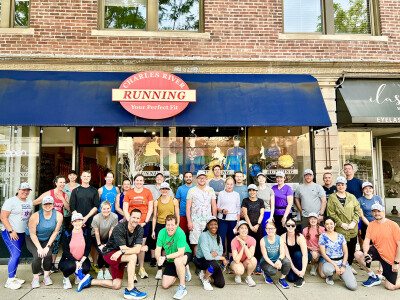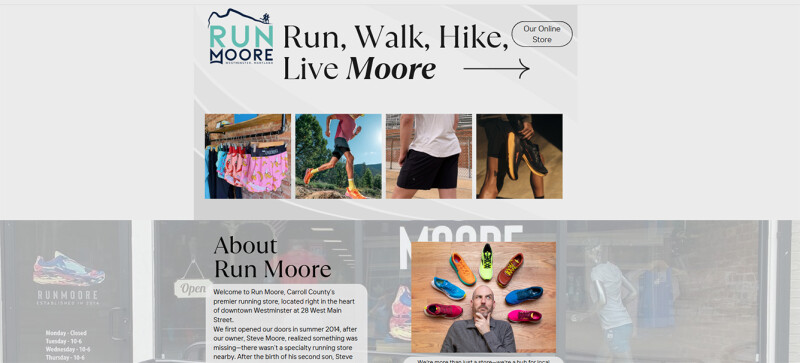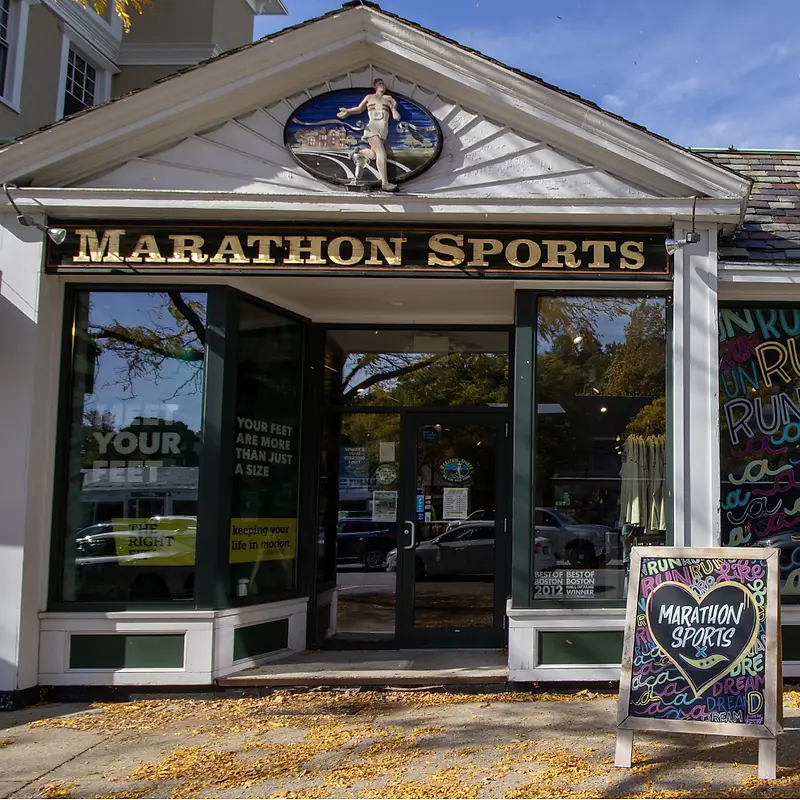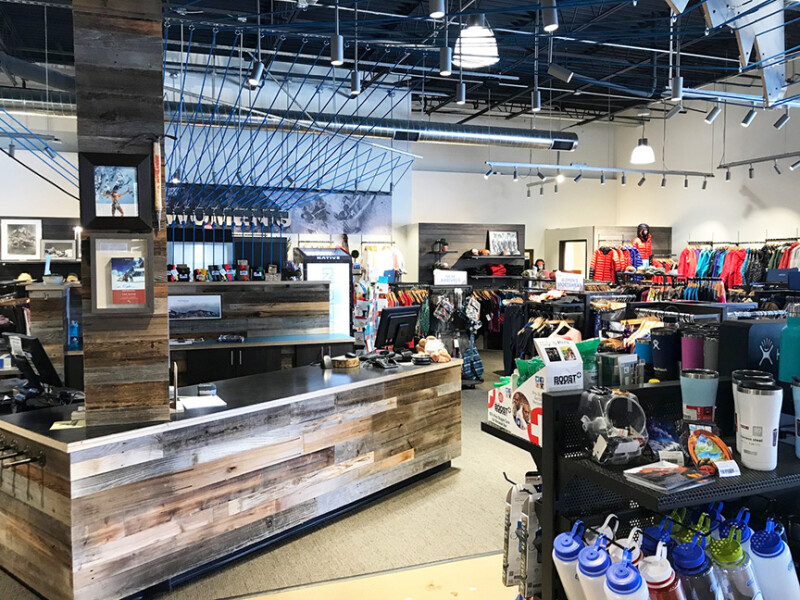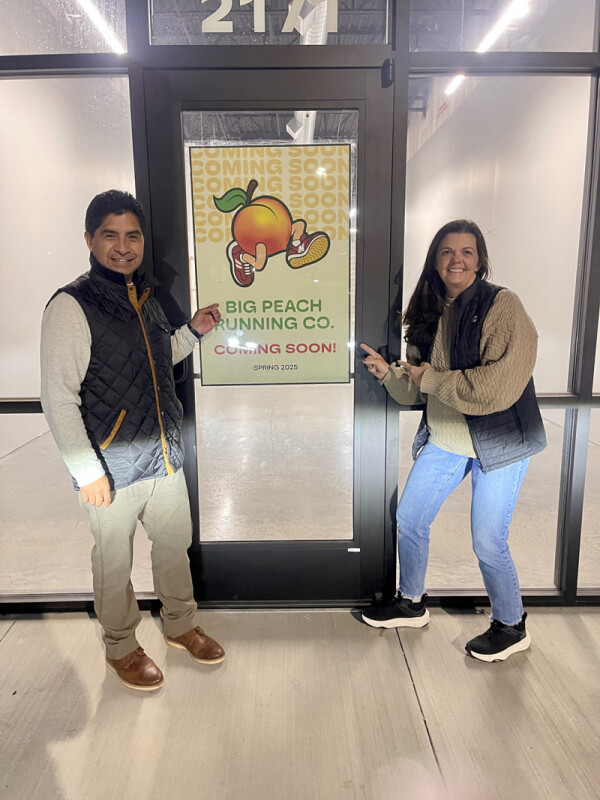For Charlotte Walsh, the juice simply wasn’t worth the squeeze. After about five years of operating an online store for Charles River Running, her 13-year-old run specialty shop in Norwood, MA, Walsh shuttered the e-com component of her website on April 7.
Despite retail experts exhaustively promoting the omnichannel approach – creating a seamless and consistent customer experience across digital and physical channels – as table stakes in today’s retail environment, Walsh is zigging amid the zags. Her sole focus today: the in-store experience at her running store on the outskirts of Boston.
“Specialty run shouldn’t be a click, but an in-person experience,” says Walsh, whose shop has earned multiple Best Running Store in America nods.

Entering E-com …
Walsh added e-com to the Charles River Running website amid the pandemic. And at the time, she called it a relatively easy decision.
Like many other retailers, Walsh wondered about consumer willingness to frequent brick-and-mortar stores in a post-pandemic world. Having online sales seemed important, if not essential, to capturing sales. Even more, however, companies like the Run Free Project had made e-com more accessible for independent operators like Walsh.
“That was the magic moment,” Walsh says, who eschewed a web store in Charles River Running’s earliest years given the expense and technical skills necessary to build a quality e-com platform.
Thinking e-com would be akin to passive income, producing top-line revenue for a minimal investment of labor, Walsh instead struggled to find a groove with online sales. Managing a web store, particularly displaying the right images, product information and prices, consumed Walsh’s time, and she admittedly lacked interest in learning how to effectively push web sales. Over time, she says, e-com became more irritant than ally.
Still, Walsh plodded ahead, adhering to conventional retail wisdom touting omnichannel as a necessary business play.
After an uneven start to 2025, however, Walsh took a hard look at her fixed expenses. E-com costs had risen and her inputs of time, effort and capital surpassed the output.
“The sales volume didn’t justify the rising expense of running an online store,” she says.
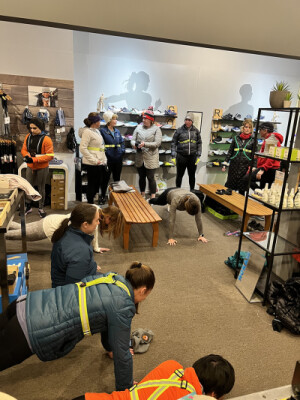
… and Exiting E-com
To Walsh, the economics of removing e-com from the Charles River Running portfolio made sense, but there was more at play. Shedding the responsibilities of running a web store would free her to focus on other aspects of the business, such as outreach to the local medical community and developing novel in-store events and group runs. Those prospects excited Walsh and cemented her decision to end online sales at Charles River Running.
In her shop’s April newsletter, Walsh proclaimed Charles River Running was “heading back to [its] roots.”
“Folks walk through our doors for an in-person experience. We measure, we watch, we listen, offer suggestions, bring out a selection of the best in running and walking shoes and let you make the best choice for your goals. In short, we help you find your perfect fit. Does this happen online? Nope, it happens in person and that’s why after almost 13 years, this store is still here,” Walsh surmised.
Then, Walsh announced Charles River Running would cease selling shoes, apparel and accessories online as of April 7. The store website would remain, of course, but largely as a digital portal to deliver store information, event sign-ups and gift card purchases. Customers could continue booking private fitting appointments on the website, too.
“We believe the best way to purchase running gear is in-person and we want to focus all of our efforts and expertise on you in real life,” Walsh concluded.

A Singular Focus on In-Store
Three months later, Walsh doesn’t blink at her decision to cease online sales, particularly as more well-resourced retailers and vendors invest heavily in online sales.
“It’s David versus Goliath and I can’t win that game,” she says.
Yet, Walsh steadfastly believes she can thrive as the go-to community shoe store “for the hyperlocal person who wants to shop small” as well as locals who prize her run shop’s high-touch, customer-centric environment, such as the hospitality employee battling plantar fasciitis, the high school runner needing her first pair of trainers or the elderly walker struggling to find a comfy fit. Such individuals value the in-person, sit-and-fit experience with a knowledgeable fitter, she says, and are more likely to become loyal customers. Her last 13 years at Charles River Running have proven as much.
“I want to be their shoe person the same way they have their car guy, so that’s where I’m putting all of my focus,” Walsh says.
Removing an online store might not be the right move for every run shop, Walsh acknowledges, but she considers it the right move for Charles River Running. She has no interest in opening additional stores or chasing every possible sale and calls operating the best brick-and-mortar business she can her sole priority.
“Ultimately,” she says, “I’m just trying to make a home on Main Street for runners and walkers.”
